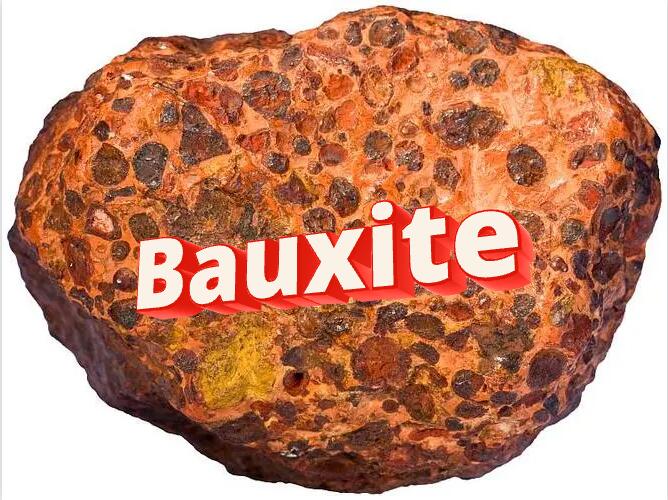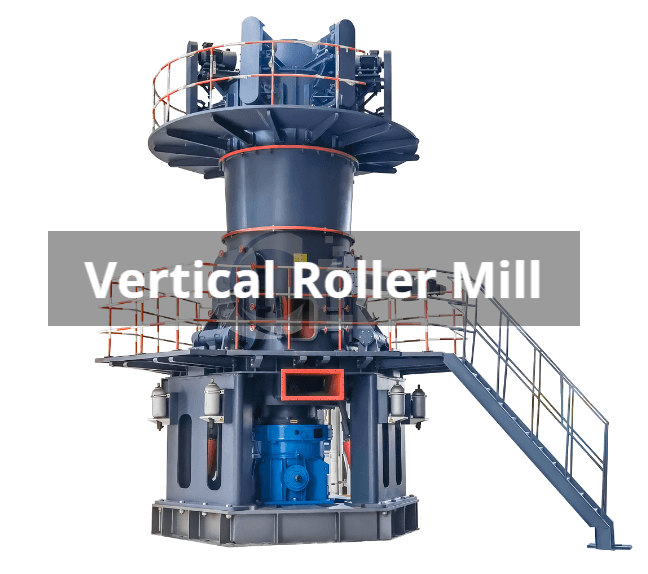For product information and pricing, Chat with sales agent:
or email us : sales@clirik.com
Click links below to see related products.

Bauxite is a sedimentary rock that is the primary ore source for aluminum. It is formed through the weathering of aluminum-rich rocks in tropical or subtropical climates. The main mineral in bauxite is gibbsite (Al(OH)3), but it may also contain boehmite and diaspore.

Bauxite is typically processed through crushing and grinding operations to extract alumina, which is then used in the production of aluminum. Here's an overview of the machinery used in the crushing and grinding stages of bauxite processing:
l Jaw Crusher: The bauxite ore is initially crushed in a jaw crusher, a type of primary crusher. The jaw crusher breaks the raw material into smaller, manageable pieces.
l Impact Crusher or Cone Crusher: After initial crushing, the bauxite particles are further crushed or shaped using impact crushers or cone crushers. These machines are used for secondary or tertiary crushing.
l Ball Mill or Rod Mill: After the crushing process, bauxite is ground using ball mills or rod mills. Ball mills are rotating cylinders filled with steel balls that grind the bauxite into a fine powder. Rod mills use long rods for grinding media, providing a more significant grinding surface area.
l Raymond mills: Raymond mills, also known as Raymond roller mills, are often used for grinding non-metallic minerals such as limestone, calcite, marble, talc, and gypsum. They are suitable for grinding bauxite as well. Raymond mills typically have a lower investment cost compared to ball mills and are known for their high efficiency and reliability.
l Ultrafine grinding mills: Ultrafine grinding mills, such as stirred media mills or jet mills, are capable of producing very fine bauxite powders. These mills operate at high speeds and use grinding media such as beads or jets of air to achieve ultrafine grinding. While they offer high efficiency and product fineness, they may have higher operating costs and maintenance requirements.
l Vertical roller mills: Vertical roller mills are increasingly being used in the cement industry for grinding raw materials and coal. They can also be used for grinding bauxite. VRMs offer several advantages, including higher grinding efficiency, lower energy consumption, and a smaller footprint compared to traditional ball mills.

l Hydrocyclones or Screens: The ground bauxite is then classified using hydrocyclones or screens. This step separates the fine particles from the coarser ones, allowing for further processing of the fine material.
l Digesters: After crushing and grinding, the bauxite is mixed with a hot caustic soda solution in high-pressure digesters. This digestion process dissolves the alumina content of the bauxite, forming a solution of sodium aluminate.
l Conveyors: Throughout the crushing and grinding process, conveyors are used to transport bauxite from one stage to another.
l Dust Collection Systems: Given the fine nature of the bauxite powder produced during grinding, dust collection systems are essential to maintain a clean working environment and prevent environmental pollution.
The efficiency and effectiveness of the crushing and grinding processes significantly impact the overall production efficiency and cost of extracting alumina from bauxite. Modern equipment used in these processes is designed to be energy-efficient and environmentally friendly, taking into consideration sustainability and regulatory requirements. Additionally, ongoing research and development in the field aim to improve the efficiency of these processes further.
